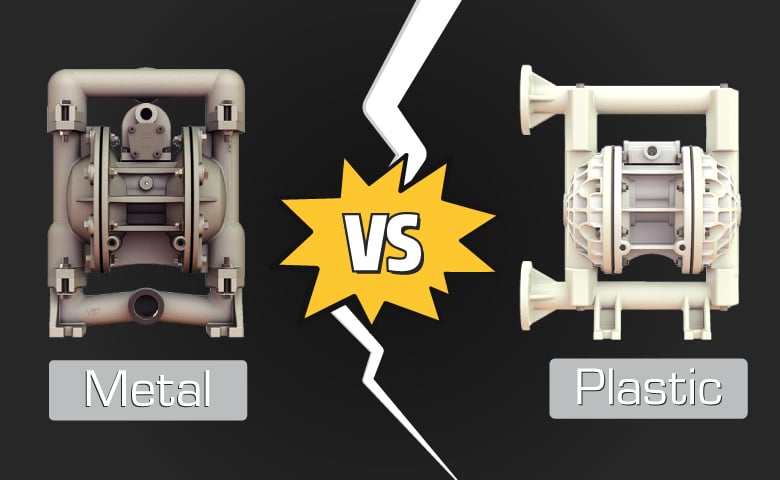Alright, let’s talk about a bit of a messy job I had to tackle not too long ago. Needed to move some fairly aggressive liquid, stuff that eats through normal gear pretty quick.

You know how it is, you try to make do with what you have first. I grabbed a regular utility pump I had lying around. Figured maybe it’d handle it for a short run. Nope. Within maybe half an hour, you could hear it struggling. Thing gave up the ghost pretty quick. Then I thought, okay, maybe a heavy-duty plastic one? Found one that claimed it was tough. Lasted a bit longer, but started leaking around the seals after a couple of uses. Just wasn’t cutting it. It was becoming a real pain, constantly stopping, cleaning up messes, and replacing pumps.
Finding the Right Tool
So, I realized I had to stop messing around and get something specifically designed for this kind of work. Something built to resist the nasty stuff I was pumping. Didn’t need top-of-the-line industrial grade, just something reliable for my needs. I spent some time looking around, focusing on materials. Found one that seemed like it fit the bill – components made of stuff that doesn’t dissolve when acid touches it. Looked solid enough when I finally got my hands on it. Definitely heavier than the cheap ones I’d tried before.
Getting it Working
Setting it up was pretty straightforward, which was nice. Here’s basically what I did:
- Pulled it out of the box, checked all the parts were there.
- Connected the hoses. This part I was extra careful with. Used some good quality chemical resistant hoses I bought separately. Didn’t make sense to have a tough pump but weak hoses.
- Double-checked the fittings and used proper clamps, tightened them down good. Didn’t want any drips or sprays.
- Primed it according to the instructions – always read the manual, even if it’s simple stuff.
- Plugged it in, away from any potential spills, obviously.
The Real Test
Flipped the switch. It hummed to life, a bit louder than the little utility pumps, but sounded steady. Started moving the liquid. I watched it closely for the first ten, fifteen minutes. Checked all the connections again. No leaks, no sputtering, just a constant flow. It just worked. Honestly, it was a relief after the previous failures.
Did it solve the problem? Yes, absolutely. It handled the corrosive liquid without any signs of degrading. It just kept pumping whenever I needed it.
Looking Back
Been using that pump periodically for several months now. Still running fine. It takes a bit more effort to clean it properly after use, gotta flush it really well with water, but that’s expected. It’s way better than replacing burned-out pumps.
The main takeaway for me? Sometimes, trying to cheap out or make do just costs you more time and trouble in the end. Getting the right piece of equipment designed for the specific job, even if it seems like overkill at first, is often the smarter way to go. Lesson learned, I guess. Just get the tool that’s built for the task.

